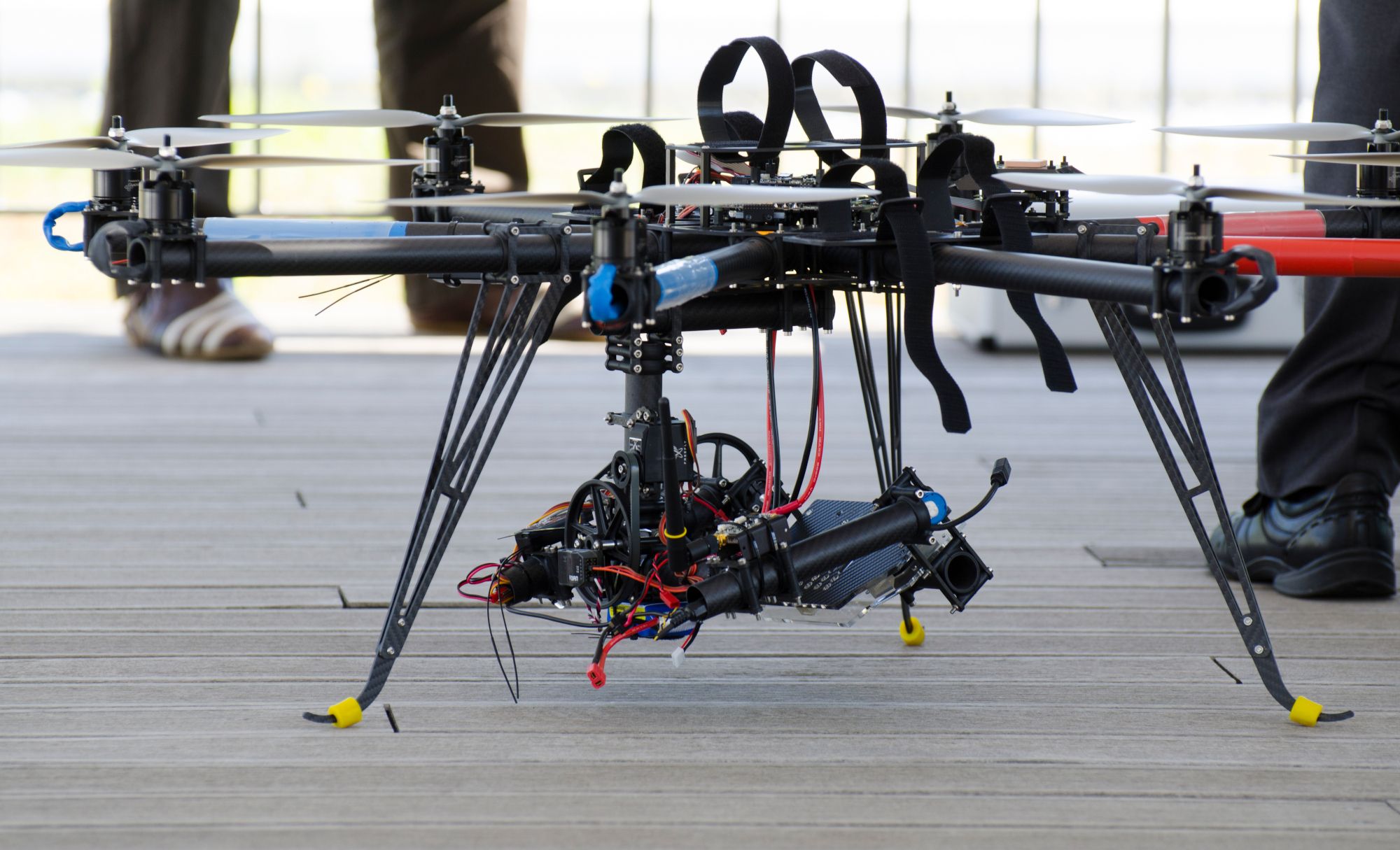Impossible List - 15 December
How far I've come over the course of the last month in regards to the impossible list of goals I've set for myself.

Playing around with using ChatGPT to write about topics I randomly think about, but still coming back with crap. Better crap then before crap, but crap none the less.

In the ever-evolving landscape of technology, drones have become ubiquitous tools, transforming various industries from agriculture to film making. Recently, they have also found a niche in the field of metal detection, providing a high-tech boost to an activity traditionally associated with hobbyists and treasure hunters. This blog explores how drones are revolutionizing metal detection, making it more efficient, accessible, and exciting.
Metal detecting has a long history, evolving from simple manual devices to sophisticated machines capable of identifying metals buried deep underground. Traditionally, metal detection involves walking across fields or beaches, sweeping a handheld detector back and forth, a method that is both time-consuming and labor-intensive.
With the advent of drones, this process is becoming far more efficient. Drones equipped with advanced metal detection technology can cover large areas quickly and with minimal physical effort. This not only increases the efficiency of metal detection but also opens up new possibilities for exploration in challenging terrains.
While the use of drones in metal detection offers numerous advantages, it also presents challenges. Regulatory restrictions on drone flights, technical limitations of detection equipment, and the need for skilled operators are some of the hurdles to widespread adoption.
However, the future looks promising. Advances in drone technology, coupled with improvements in sensor accuracy and data analysis software, are likely to overcome these challenges. We can expect to see drones playing an increasingly important role in metal detection, making the process faster, safer, and more efficient.
The integration of drones into metal detection is a game-changer, bringing a modern twist to an age-old practice. Whether you are an archaeologist searching for historical artifacts, a treasure hunter seeking buried riches, or a miner looking for valuable minerals, drones can enhance your efforts and open up new possibilities. As technology continues to advance, the sky's the limit for what drones can achieve in the field of metal detection.
So, the next time you see a drone hovering overhead, it might just be on a quest for hidden treasures beneath your feet!